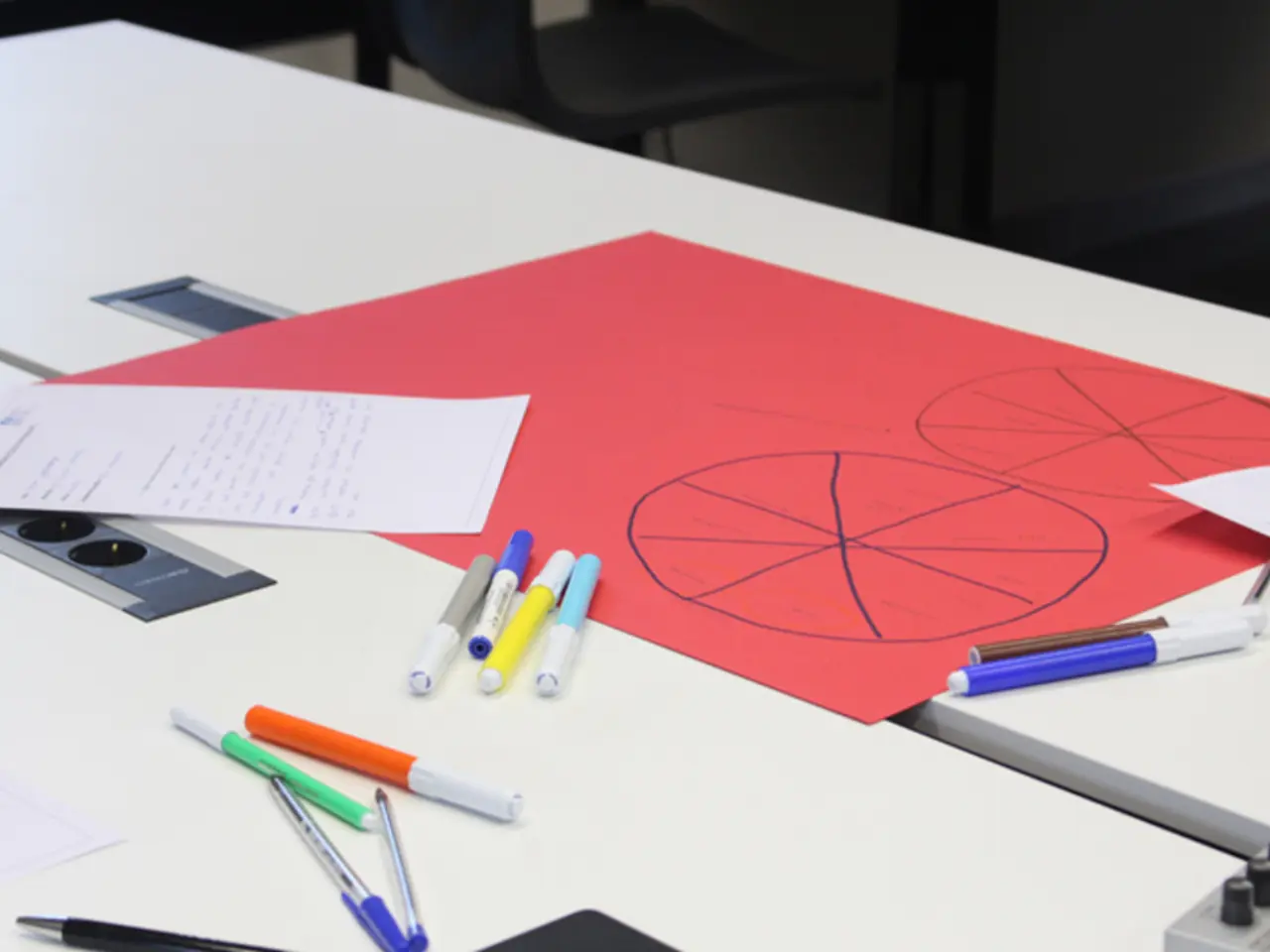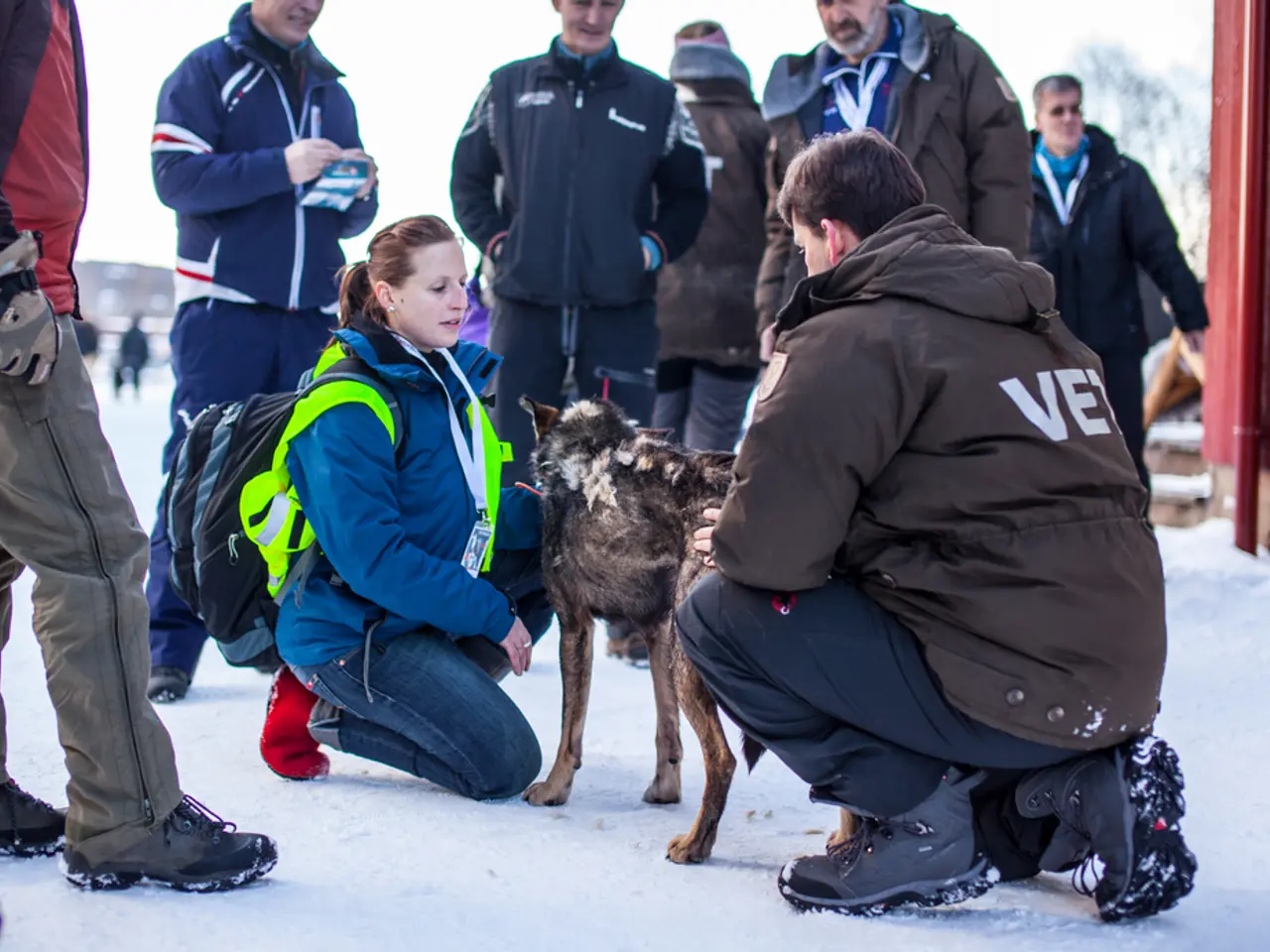Research Summaries: Compiling Scientific Discoveries
In the vast realm of scientific discovery, a structured process is in place to ensure that groundbreaking research reaches the widest possible audience. This process involves the use of abstracts, peer review, and publication in scientific journals, complemented by newer modes of communication to cater to diverse interests.
At the heart of this process, abstracts serve as concise summaries of research articles, providing a quick snapshot of the key findings and significance of the work. This helps specialists and non-specialists alike decide the relevance of the full paper. Beyond traditional abstracts, innovative formats like video abstracts and plain language summaries (PLS) are increasingly being used to make complex scientific findings more accessible and engaging to broader audiences, including laypeople and the general public, without compromising accuracy.
Before publication, scientific research undergoes peer review, a critical quality control step where experts in the field evaluate the study’s methodology, validity, and significance. This process ensures rigor, reliability, and credibility, filtering out flawed or unsubstantiated results. However, peer review restricts the primary audience of scientific journals mostly to expert researchers with specialized knowledge, as the published work remains detailed and technical.
Research findings are formally disseminated through publication in scientific journals, which serve to archive knowledge and facilitate scholarly communication. Journals often have an impact factor and editorial standards that influence where researchers choose to publish, affecting the visibility and prestige of the work. In addition to journals, scientific communication is expanding via preprints, conference proceedings, and open access platforms that provide broader and faster dissemination.
Researchers are also adapting to new communication landscapes by sharing findings through social media, lab websites, and multimedia platforms to directly reach varied audiences and stakeholders beyond traditional journals. Effective research dissemination plans consider the audience's needs, the format of presentation, the medium of communication, and barriers to accessibility and trust. Dissemination is increasingly viewed as an ongoing conversation, requiring continuous sharing, evaluation of impact, and strategies for sustainability to maximize the influence of research findings on both the scientific community and public.
In conclusion, the communication of scientific research integrates abstracts as entry points, peer review for validation, and journal publication for formal dissemination, while evolving to include diverse formats and channels to improve accessibility, engagement, and impact across different audiences. This process not only advances the field of science but also inspires future research and helps us better understand the world around us. For those interested in more scientific content, there are numerous engaging tidbits waiting to be explored.
Health-and-wellness enthusiasts can find relevant research in the broad realm of science by exploring the use of innovative formats like video abstracts and plain language summaries (PLS), which aim to make complex scientific findings more accessible to a wider audience, including laypeople and the general public (science, therapies-and-treatments). Additionally, scientific research can now extend beyond traditional journals, as findings are increasingly shared through social media, lab websites, and multimedia platforms, reaching diverse audiences beyond the confines of expert researchers (science, communication, audience).




